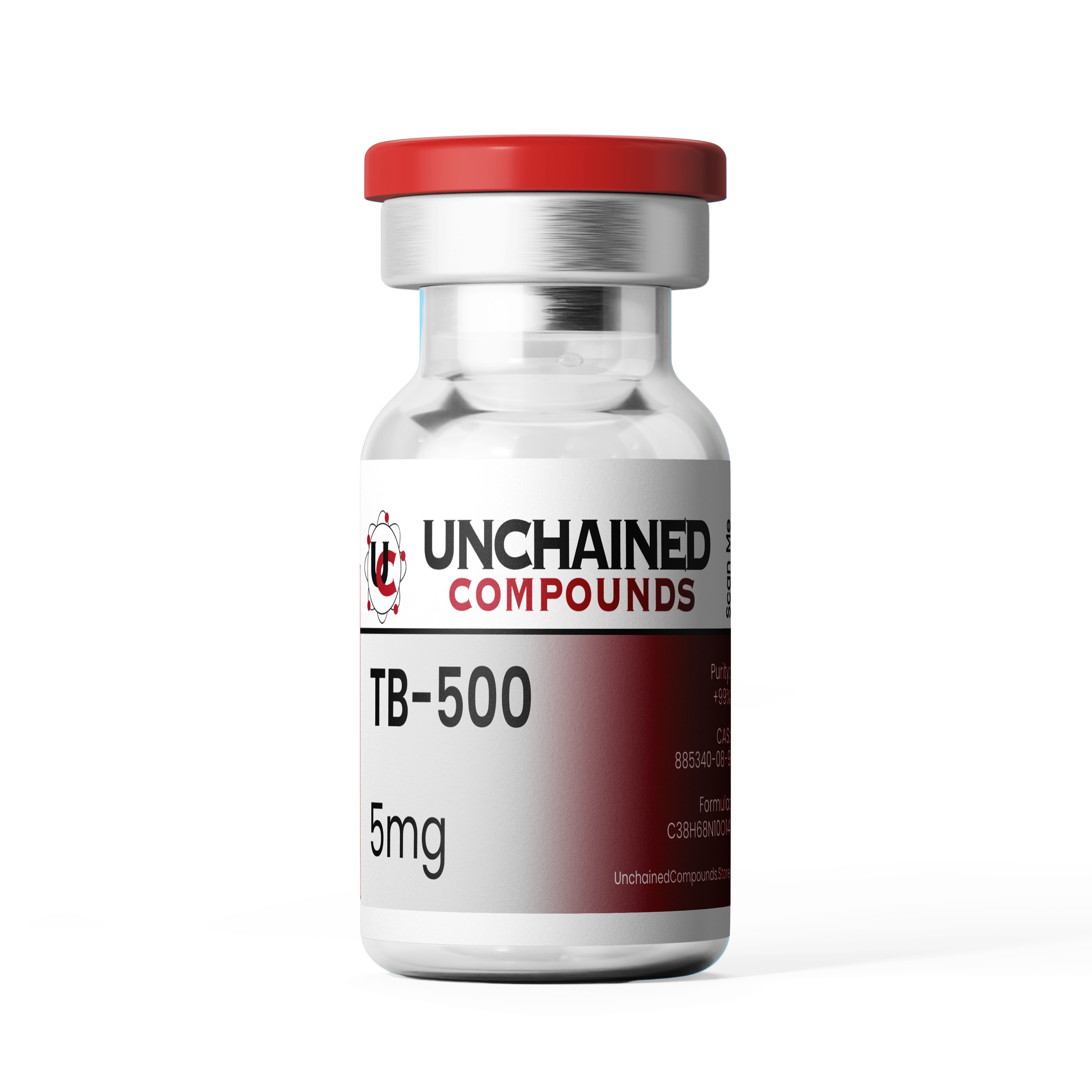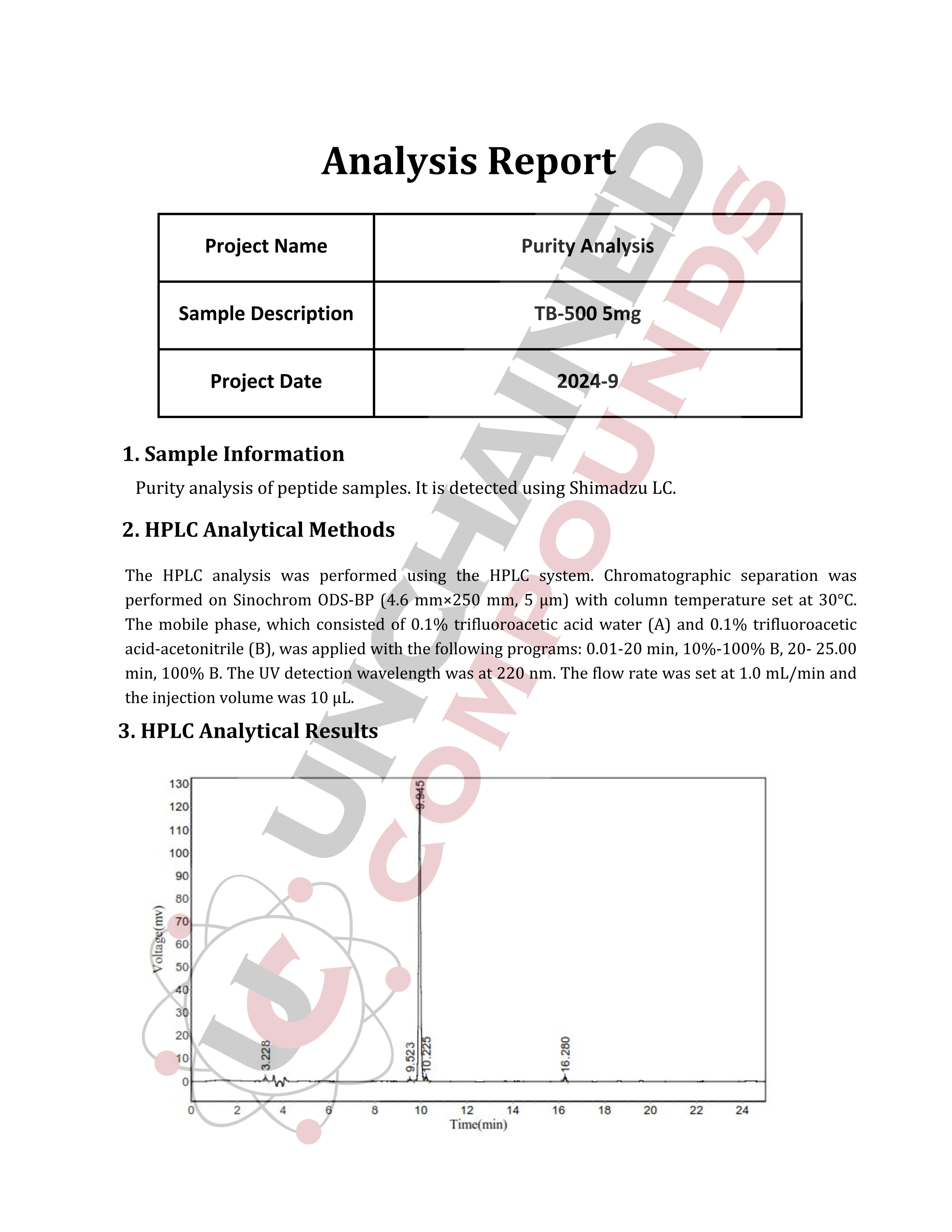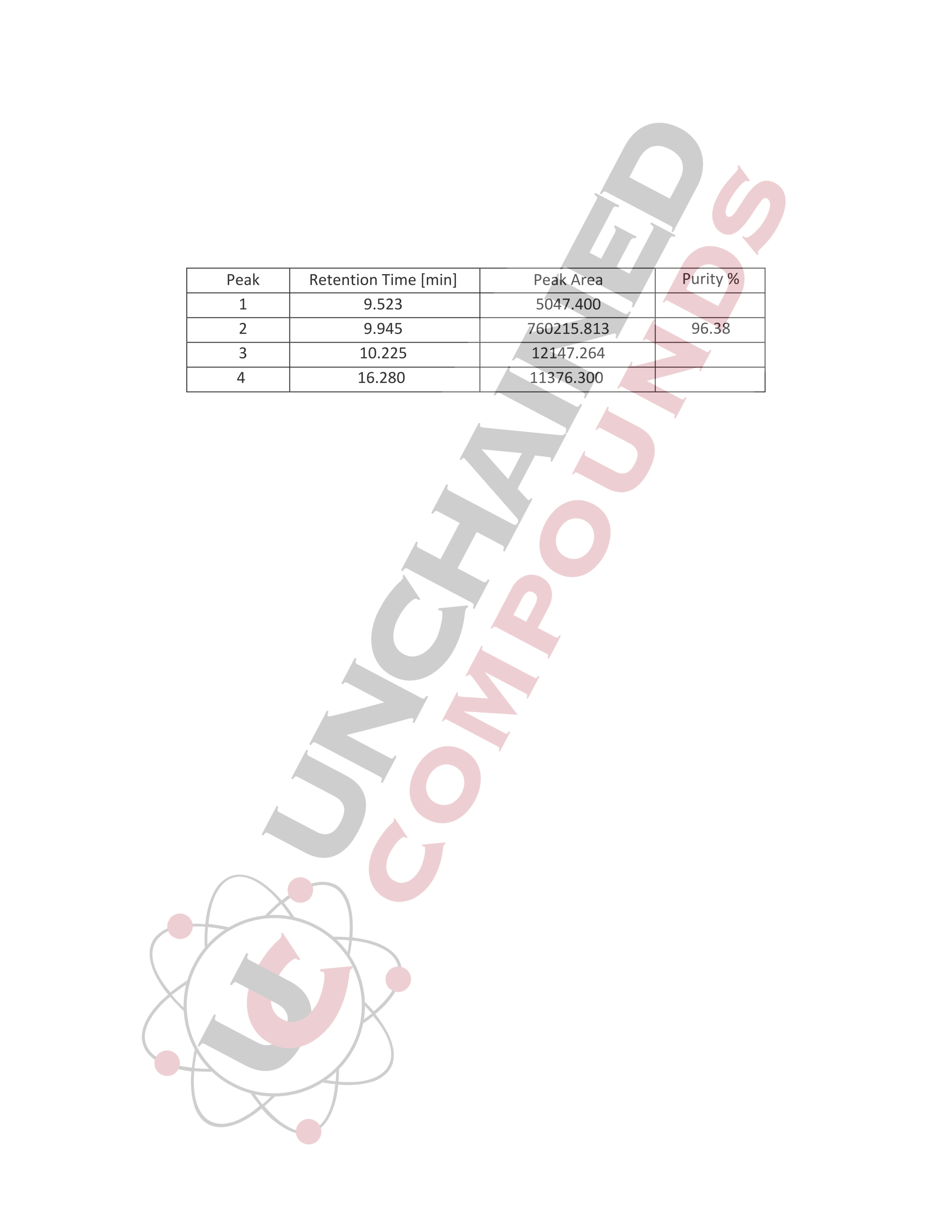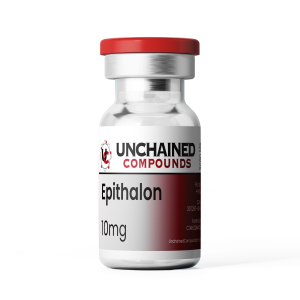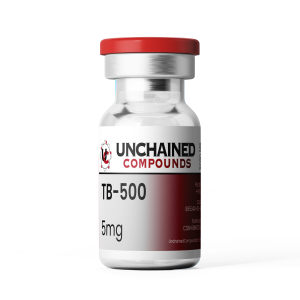Description






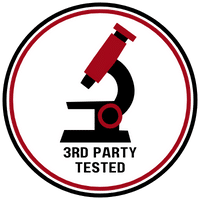
TB 500, derived from the naturally occurring protein Thymosin Beta-4, is a synthetic peptide that binds to a protein called actin, which is involved in the formation of new blood vessels and the repair of damaged tissues. By binding to actin, TB-500 helps stimulate the growth of new blood vessels and promotes the formation of new tissue functions.
The ability of TB-500 to reduce inflammation and promote cell migration, proliferation, and differentiation, which can help to facilitate tissue repair and regeneration has been demonstrated in various research. It is currently studied for its potential to enhance athletic performance and improve recovery from injury.
Specifications
- Chemical Formula: C38H68N10O14
- Molecular Mass: 889.01g/mol
- Synonyms: Thymosin Beta-4 Acetate
- CAS Number: 885340-08-9
- PubChem: 16132341
- Total Amount of the Active Ingredient: 5 mg (1 vial)
- Shelf Life: 36 months
Research Studies
Abstract
The formulation TB-500 is suspected to be used as doping agent in sport. This work describes the detection and the identification of the N-terminal acetylated 17-23 fragment of human thymosin beta 4 (Ac-LKKTETQ) in TB-500 by means of high-performance liquid chromatography/high resolution mass spectrometry using an Orbitrap Exactive benchtop mass spectrometer. Ac-LKKTETQ was also synthesized by solid-phase peptide synthesis, and an analytical strategy for detection in plasma and urine by high-performance liquid chromatography/low resolution triple-quadrupole mass spectrometry was suggested.
Adsorption effects of the doping relevant peptides Insulin Lispro, Synachten, TB-500 and GHRP 5
Abstract
The tendency of peptides to adsorb to surfaces can raise a concern in variety of analytical fields where the qualitative/quantitative measurement of low concentration analytes (ng/mL-pg/mL) is required. To demonstrate the importance of using the optimal glassware/plasticware, four doping relevant model peptides (GHRP 5, TB-500, Insulin Lispro, Synachten) were chosen and their recovery from various surfaces were evaluated. Our experiments showed that choosing expensive consumables with low-bind characteristics is not beneficial in all cases. A careful selection of the consumables based on the evaluation of the physico/chemical features of the peptide is recommended.
Abstract
Background: TB-500 (Ac-LKKTETQ), derived from the active site of thymosin β4 (Tβ4), has various biological functions in its unacetylated form, LKKTETQ. These functions include actin binding, dermal wound healing, angiogenesis, and skin repair. The biological effects of TB-500, however, have not been documented. And the analysis of TB-500 and its metabolites have been neither simultaneously quantified nor structurally identified using synthesized authentic standards.
Methods: This study was aimed to investigating simultaneous analytical methods of TB-500 and its metabolites in in-vitro and urine samples by using UHPLC-Q-Exactive orbitrap MS, and to comparing the biological activity of its metabolites with the parent TB-500. The metabolism of TB-500 was investigated in human serum, various in-vitro enzyme systems, and urine samples from rats treated with TB-500, and their biological activities measured by cytotoxicity and wound healing experiments were also evaluated in fibroblasts.
Results: The simultaneous analytical method for TB-500 and its metabolites was developed and validated. The study found that Ac-LK was the primary metabolite with the highest concentration in rats at 0-6 h intervals. Also, the metabolite Ac-LKK was a long-term metabolite of TB-500 detected up to 72 hr. No cytotoxicity of the parent and its metabolites was found. Ac-LKKTE only showed a significant wound healing activity compared to the control.
Conclusion:The study provides a valuable tool for quantifying TB-500 and its metabolites, contributing to the understanding of metabolism and potential therapeutic applications. Our results also suggest that the previously reported wound-healing activity of TB-500 in literature may be due to its metabolite Ac-LKKTE rather than the parent form.
Disclaimer
The information provided above is not intended to substitute medical advice, diagnosis, or treatment. Should you have any questions regarding a medical condition, seek the advice of your physician or a qualified healthcare provider. In no case should medical advice be disregarded or delayed because of what you have read or seen. We bear no responsibility or liability for your use of any of our research compounds and products. Please note that they are being sold for research purposes ONLY. We do NOT condone any personal use.
NOTE: In some cases wherein the assigned top colors are out of stock, a different top color will be used to ensure that your order will not be delayed. Should you need assistance identifying the peptide vial that you received, please send us an email at support@unchainedcompounds.store
ALL ARTICLES AND PRODUCT INFORMATION PROVIDED ON THIS WEBSITE ARE FOR INFORMATIONAL AND EDUCATIONAL PURPOSES ONLY.
The products offered on this website are intended for in-vitro studies only. In-vitro studies (Latin: “in glass”) are performed outside the body. These products are not medicines or drugs and have not been approved by the FDA to prevent, treat, or cure any medical condition, ailment, or disease. Bodily introduction of any kind into humans or animals is strictly forbidden by law.


